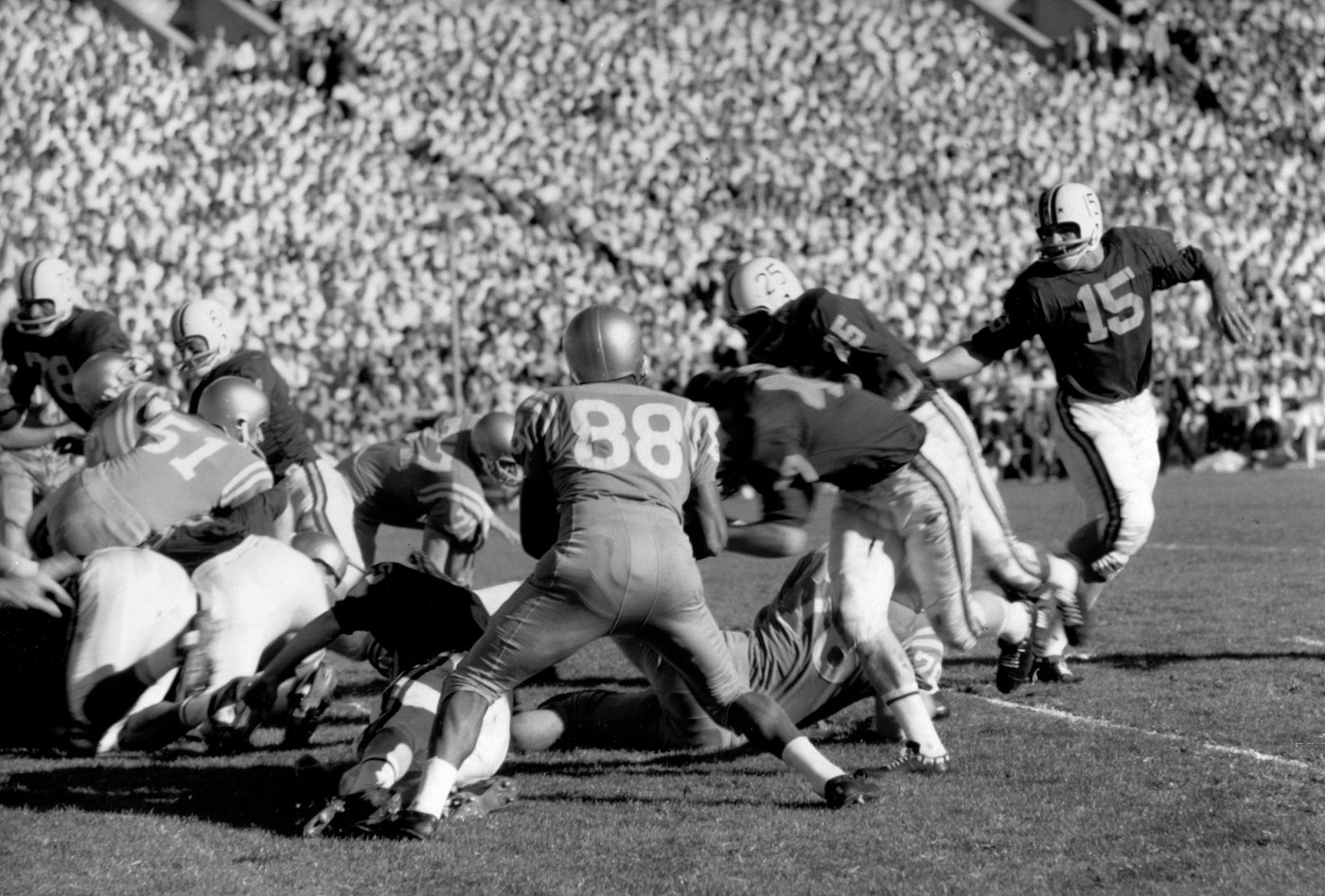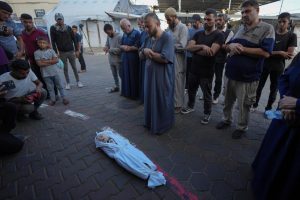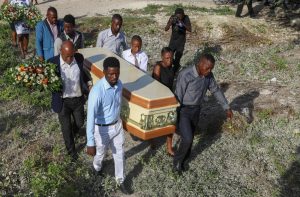
Gophers football: 1962 Rose Bowl was a program pinnacle but came after protests and trash talk
The Gophers’ appearance in the 1962 Rose Bowl was the first college football game to be broadcast in color across the country.
Sixty-two years later, it remains a radiant moment in program history as the Gophers head back to the Rose Bowl stadium in Pasadena, Calif., to play the same opponent, UCLA. But this time it’s in a Big Ten Conference game on Saturday night.
The early 1960s were a pinnacle era for Gophers football. They won their last national championship in 1960, but as the top-ranked in the country lost the 1961 Rose Bowl to No. 6 Washington, 17-7, on New Year’s Day.
In a repeat appearance that should not have been, the Gophers dominated the Bruins in a 21-3 win in 1962. It was the U’s only Rose Bowl victory and it was the program’s last Rose Bowl appearance.
The Gophers basked in that win in sunny Southern California that day and then headed back to Minnesota. A pep rally awaited the landing of their chartered plane, which was two hours late. More than 1,000 fans were there along alongside the university band, cheerleaders and “pompom girls” to “welcome back their heroes to the land of ice and snow.”
The Gophers’ athletics department has two black three-ring scrapbooks with newspaper clippings and punched programs from each of those Rose Bowl appearances. Those yellowing pages inside the Bierman Athletic Building provide the backbone for this remembrance:
Six steps toward perfection
After graduating 13 seniors, including All-America lineman Tom Brown, the Gophers weren’t smelling roses to start the 1962 season.
In the opener against Missouri, “a freakish September sleet storm and blizzard swept through Memorial Stadium,” according to the U’s Rose Bowl program. The wintry mix didn’t help as Missouri sloshed to one touchdown in a 6-0 win.
Minnesota then beat Oregon 14-7 and strung together six straight Big Ten wins, including a 15-point comeback to beat Michigan for the Little Brown Jug at home on Oct. 8.
Star quarterback Sandy Stephens got married two days before the Wolverines game and “it looked early on as if Stephens was on a mental honeymoon,” Rick Moore wrote in the University of Minnesota Football Vault: A History of the Golden Gophers.
Stephens fumbled twice, leading to two Michigan touchdowns, but produced a season-long 63-yard touchdown run and a 46-yard TD pass to pull off the comeback. He finished with more than 300 yards rushing and passing.
“Don’t be surprised if Murray Warmath marches his entire team to the altar after Sandy Stephens’ performance against Michigan,” wrote Edgar Munzel in the Chicago Sun-Times.
During that seven-game streak, the Gophers also beat then-No. 1 Michigan State 13-0, Iowa 16-9 and Purdue 10-7.
After the Iowa game, Louis Gross, a Gophers tackle in 1920s, echoed a widely held sentiment about how surprising the season was unfolding.
“This is Murray Warmath’s finest hour,” Gross said. “Imagine beating Michigan, Michigan State and Iowa on successive Saturdays. If anyone had predicted that a few weeks ago, he would have been accused of smoking marijuana.”
The Gophers’ first perfect Big Ten record in 20 years was on the line in the season final against Wisconsin. Minnesota had a set of injured players for the game, which later included All-American lineman Bobby Bell, who played through fractured ribs.
But Minnesota fell short in the back-and-forth game when Stephens’ two-point conversion pass fell incomplete with two minutes remaining in a 23-21 loss.
The Gophers finished the regular season with a 6-1 record in the Big Ten. Minnesota didn’t play Ohio State, which won the conference with a 6-0 record.
Ohio State ‘besieged’ after vote
The runner-up Gophers got into the Rose Bowl because Ohio State’s faculty council turned down the bid in a 28-25 vote.
At that time, going to the Rose Bowl was left to the school’s faculty because the Big Ten’s contract with the bowl had lapsed and the invitation was sent directly to the school, the Columbus Dispatch reported.
Members of the Ohio State faculty were upset about a recruiting scandal in the 1950s and there was controversy about different benchmarks for athletic and academic scholarships. They didn’t want to be known as a “football school.”
Ohio State students were outraged and held two days of demonstrations and reportedly were terrorizing professors. Sports Illustrated wrote: “They burned members of the faculty in effigy, snake-danced down the main street, surrounded the capitol building, broke windows, besieged and insulted their professors and generally raised the most hell that has been raised in Columbus since V-J Day” to end World War II.
Minnesota’s faculty senate then voted 108-33 to accept the Rose Bowl berth. Gophers coach Murray Warmath was quoted by the Minneapolis Tribune: “I’ve got my game gear packed, my ankles taped and I’m ready.”
Los Angeles Times editor Paul Zimmerman said: “Minnesota made a lot of friends in California (in the 1961 Rose Bowl appearance). That goes for the way the team handled itself, the cooperativeness of the coach and the sociable attitude of the school officials. And we know it has a fine, tough football team. It finished behind Ohio State, but they didn’t play each other and nobody can say which is better.”
Given a prohibition on it, no Big Ten team made repeat appearances in the Rose Bowl until the Gophers.
No Micky Mouse trip
The Gophers charted a Western Airlines plane to L.A. in December 1961, but weren’t going to be distracted by the glitz.
“We were interested in Hollywood (last year),” lineman Jim Wheeler said about the loss to Washington. “Now the game is everything.”
The Gophers’ scrapbook on the second Rose Bowl appearance had a lot of practice reports. One headline read: “Gopher Gridders Hold Rugged Drills”.
“We have pressed normally,” Warmath told the Pioneer Press at one point during preparations. “But I haven’t seen too much out there yet to make me lead cheers.”
The Gophers did take a break from practices to visit Disneyland and went to a 20th Century Fox movie set to watch the filming of a scene of “Mr. Hobbs Takes a Vacation.” Players mingled with movie star James Stewart and co-star Maureen O’Hara.
Once the Rose Bowl started, an estimated 50 million people were following along on TV and radio. Providing play-by-play was Chick Hern, the famous voice of the Los Angeles Lakers who coined the phrase “slam dunk.”
The Associated Press didn’t portray the upcoming matchup as star-studded affair, calling the Gophers and Bruins “close-to-the-vest football practitioners. These are two teams dedicated to ‘position on the field’ football, often punting on third down.”
Attendance at the 48th Rose Bowl was pegged at 98,214 fans, or “slightly under the ancient saucer’s capacity,” per a Pioneer Press report from Pasadena. The famous venue’s maximum attendance at the time was 100,807 and ticket prices had a face value of $6, with some on a $2 markup. In previous years, some end zone seats were going for $14, one dispatch said.
UCLA — or Uclans, as they were called at the time — took an early 3-0 lead, but it was all Gophers after that. Judge Dickson recovered a fumble deep in UCLA territory, and Stephens scored on a 1-yard touchdown run.
Bill Munsey rushed for the second Minnesota touchdown, and Stephens added the third. The Gophers controlled the game, outrushing the Bruins 222 yards to 55.
The Gophers’ defense was led by Bell, with sophomore Carl Eller flashing on the other side of the line. Both would go on to be inducted into the college and pro football hall of fames; Eller as a member of the Vikings, Bell as a Kansas City Chief. Bell played in that Rose Bowl Game with a special fiberglass cast to protect the ribs injury suffered against the Badgers, per legendary Minneapolis reporter Sid Hartman.
The U defense especially stifled UCLA’s power sweep, which was considered a vital part of the offense.
Stephens, who had 46 rushing yards and 75 passing yards, was named the game’s most valuable player. The trailblazing Black quarterback also won the Chicago Tribune’s Silver Football, which went to the Big Ten’s MVP.
Former Gophers coach Bernie Bierman was at the game and praised Stephens in the Minneapolis Morning Tribune: “I can’t think of any other quarterbacks who could have done as well.”
USC coach John McKay singled out Stephens in the L.A. Times for “astuteness on his third-down calls.”
“UCLA did a lot of shifting around after we came up to the line,” Stephens said. “So I just waited until they settled down and called an audible. I did it more today than any game before.”
In a joyous locker room, Eller called his teammates “the finest you could have. I’m only a sophomore and when I made a mistake, they just patted me on the back, and it made you feel like doing twice as good all the time.”
Changing tones
How newspapers responded to UCLA’s loss was closely watched after the game. That was due, in part, to how Gopher great Tom Brown was treated in a Seattle Times article “HUSKIES ANNIHILATE MYTH OF TOM BROWN” after Washington’s win in the 1961 Rose Bowl.
Bob Schwarzmann wrote: “He was Colossus … Gulliver … Paul Bunyan.
“He was to tame the West; he was to to conquer yesterday.
“He was, by significance and in fact, to vanquish the Rose Bowl squatter. He was, in the name of Minnesota, to replant the Big Ten flag. He was to receive token — possibly spirited — but hopeless resistance.
“He was.
“He is Tom Brown; just another Brown named Tom.
“He is conquered, the vanquished. He is a statistic among the victims used to build in the name of Washington, a Big Five empire.
“He is.”
Ten days later, a group of University of Washington football fans issued Brown — a future college football hall of famer — a public apology for “unwarranted and unsportsmanlike ridicule.”
With that in mind, Pioneer Press executive sports editor Bill Boni wrote after the 1962 Rose Bowl: “As for the Southern California press, it accepted its Bruins’ defeat with remarkable calm. There was little of the snarl that has marked post-game comments in other years, no effort to belittle the Minnesota triumph by contending this team hadn’t been a good UCLA team. (Such a tactic, by the way, would not have been a new one for the Los Angeles writers.)
After slamming Minnesota after the loss to Washington, L.A. Examiner columnist Melvin Durslag went after UCLA:
“It was, in truth, an act of mercy that Ohio State, the best team in the Big Ten, stayed home, considering what the second-best team did to the Bruins. … Inspecting what Minnesota did to the West Coast heroes was tantamount to watching a man eat corn flakes, one flake at a time. You knew he would finish eventually, but you didn’t know when. Nor did you expect the corn flakes to bite back. …
“Most authorities were surprised at UCLA’s failure to hold its own more respectably. Muscle has been one of the strong suits of the Bruins this season. Against Minnesota, their line dispensed a pretty watery effort.”
Related Articles
Gophers football: Big Ten won’t fine for field storming after USC upset
Gophers football: Five players share crowd-storming experiences in 24-17 upset of No. 11 USC
With gutsy call, Gophers pull off 24-17 upset of No. 11 USC
When the Gophers will play each new Big Ten opponent through 2028
Gophers football: Injuries continue to hit U defense going into USC game


